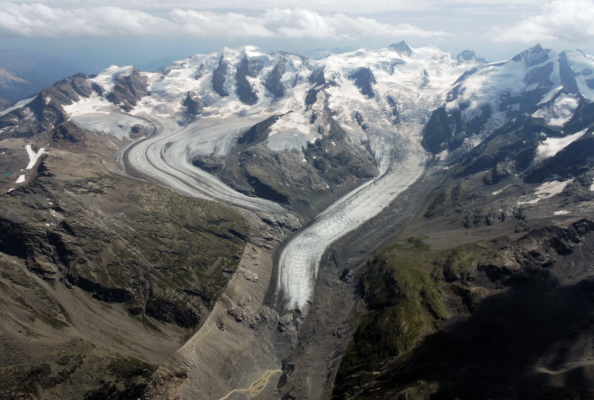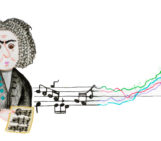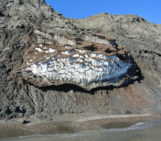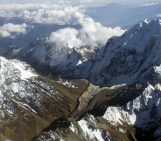
In virtually all parts of the world glaciers are retreating, and this is often considered to be one of the clearest signs of global warming (e.g. Leclercq and J Oerlemans, 2011). Glaciers started to shrink in the second half of the 19th century and, apart from some minor interruptions, this development has continued until today. Over the past hundred years glacier melt has made a significant contribution to sea-level rise. On a regional and local scale, glaciers fluctuations affect the security of infrastructure and buildings (ice avalanches, outbursts of glacial lakes), meltwater supply (reservoirs, irrigation), and even tourism industry (ski areas). In recent decades glacier retreat has accelerated and the volume loss of ice now takes place at an unprecedented rate (Zemp et al. 2015).
Retreating glaciers leave behind deglaciated terrain that is rather unstable, and a new field of research is now evolving in which the formation of new landscapes is studied (Haeberli et al, 2019). In a few cases it may be possible to slow down or stop the retreat of an individual glacier by technical measures. Parts of small glaciers can be protected by a fleece cover to suppress melting. On a larger scale the deposition of artificial snow is probably more effective (the MortAlive project, mortalive.ch; Oerlemans et al. 2017). However, in the end stopping global warming is the only way to preserve mountain glaciers.
Glaciers are the pearls of many mountain chains and strongly increase the attractiveness of the alpine scenery. For many people the disappearance of glaciers is a big loss and stirs up emotions. In a short YouTube slideshow we try to express these emotions by playing a piece of music, composed by the Danish fiddler and composer Harald Haugaard. Photographs and graphics illustrate the glacier retreat in Switzerland.
REFERENCES Haeberli, W., Oerlemans, J., and Zemp, M.: The future of alpine glaciers and beyond. In Oxford Research Encyclopedia of Climate Science, Oxford University Press, http://dx.doi.org/10.1093/acrefore/9780190228620.013.769, 2019 Leclercq, P. W., and Oerlemans, J.: Global and hemispheric temperature reconstruction from glacier length fluctuations, Climate Dynamics, 38, 1065-1079, doi: 10.1007/s10712-011-9121-7, 2011. Oerlemans, J., Haag, M. and Keller, F.: Slowing down the retreat of the Morteratsch glacier, Switzerland, by artificially produced summer snow: a feasibility study, Climatic Change, 145, 189-203, doi 10.1007/s10584-017-2102-1, 2017. Zemp, M. and 38 others: Historically unprecedented global glacier decline in the early 21st century, Journal of Glaciology, 61(228), 754-761, doi: 10.3189/2015JoG15J017, 2015.
This post has been edited by the editorial board.





Suzanne OConnell
Thank you fro this beautiful and sad requiem.